UAE plants 10 mangrove trees for each COP28 visitor
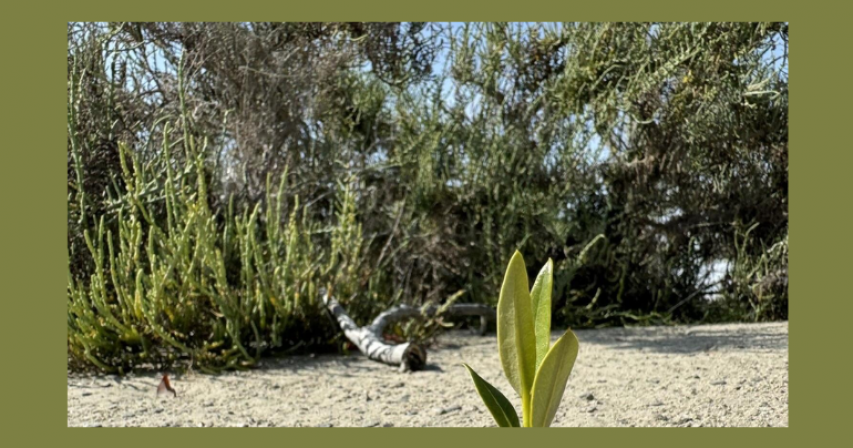
The UAE's Commitment to Mangrove Conservation and Climate Neutrality
The United Arab Emirates (UAE) continues to make significant strides in environmental conservation and climate action, with recent initiatives focusing on mangrove tree planting as a key component of its sustainability efforts. The Environment Agency, Abu Dhabi, has undertaken a remarkable initiative called 'Ghars Al Emarat' (UAE Planting), which aims to plant 10 mangrove trees for each visitor to the 28th Conference of the Parties (COP28) at Expo City Dubai.
The UAE's dedication to environmental sustainability and combating climate change is evident in the staggering number of mangrove trees planted along Abu Dhabi emirate’s coastal areas. With 850,000 mangrove trees already planted, this initiative represents a significant step towards achieving climate neutrality and mitigating the effects of climate change.
Utilizing innovative techniques such as drone seeding, the mangrove trees have been strategically planted in locations known for their conducive environments for growth, including the Marawah Marine Biosphere Reserve, Al Mirfa City, and Jubail Island. The planting of mangroves serves not only as a means of carbon sequestration but also as a vital habitat for biodiversity preservation and coastal protection.
Mangrove ecosystems play a crucial role in sequestering carbon dioxide from the atmosphere, thus helping to mitigate climate change. Studies have shown that mangrove trees can absorb up to four times more carbon than trees in the Amazon rainforest, highlighting their importance in global carbon sequestration efforts.
Furthermore, mangroves offer a multitude of environmental and economic benefits, including shoreline stabilization, protection against coastal erosion, and support for diverse marine life. They serve as nurseries for various fish species, contributing to the sustainability of fisheries and coastal livelihoods.
The Ghars Al Emarat Initiative aligns with the UAE's broader climate action agenda, including its commitment to the 13th UN Sustainable Development Goal (SDG) on Climate Action. By planting mangrove trees and promoting nature-based solutions, the UAE aims to address climate change while supporting sustainable development and biodiversity conservation.
Under the guidance of Sheikh Hamdan bin Zayed Al Nahyan, the Ruler’s Representative in the Al Dhafra Region and Chairman of EAD’s board of directors, the UAE remains steadfast in its efforts to protect and restore mangrove ecosystems. The country's ambitious goal of planting 100 million mangrove trees by 2030 underscores its commitment to environmental stewardship and sustainable development.
In addition to carbon sequestration, mangroves in Abu Dhabi play a crucial role in storing carbon at a rate of 0.5 tonnes per hectare per year. With over 3 million tonnes of carbon currently stored by mangroves in Abu Dhabi, these coastal ecosystems represent invaluable assets in the fight against climate change.
Moving forward, the UAE will continue to prioritize mangrove conservation and restoration as part of its broader strategy to achieve climate neutrality and promote sustainable development. Through collaborative efforts and innovative initiatives like Ghars Al Emarat, the UAE is paving the way for a more resilient and sustainable future for generations to come.
By: Sahiba Suri
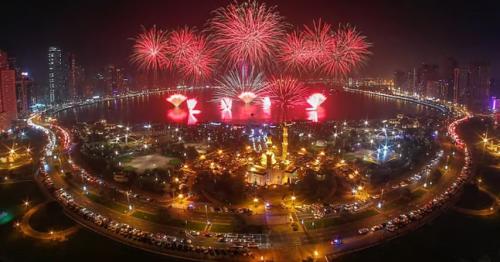
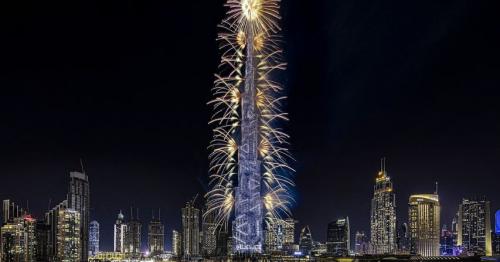
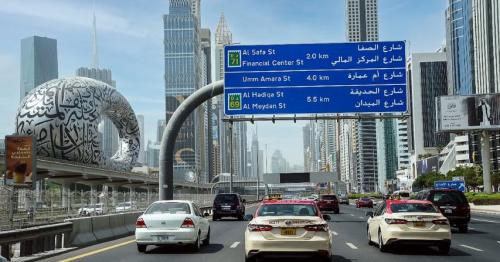
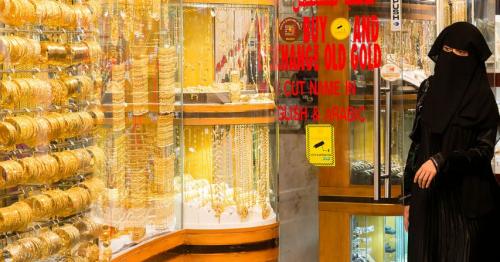

Comments